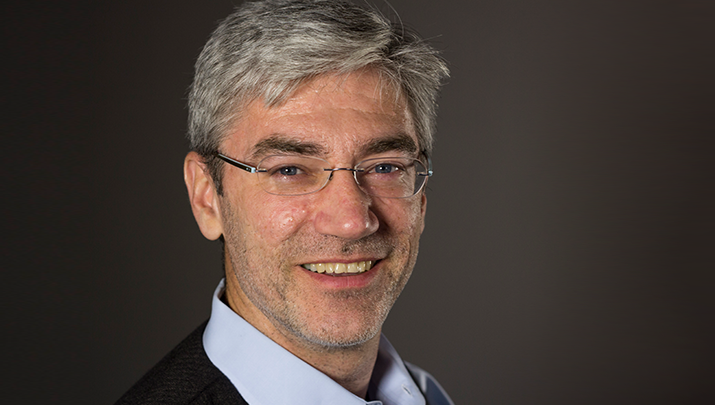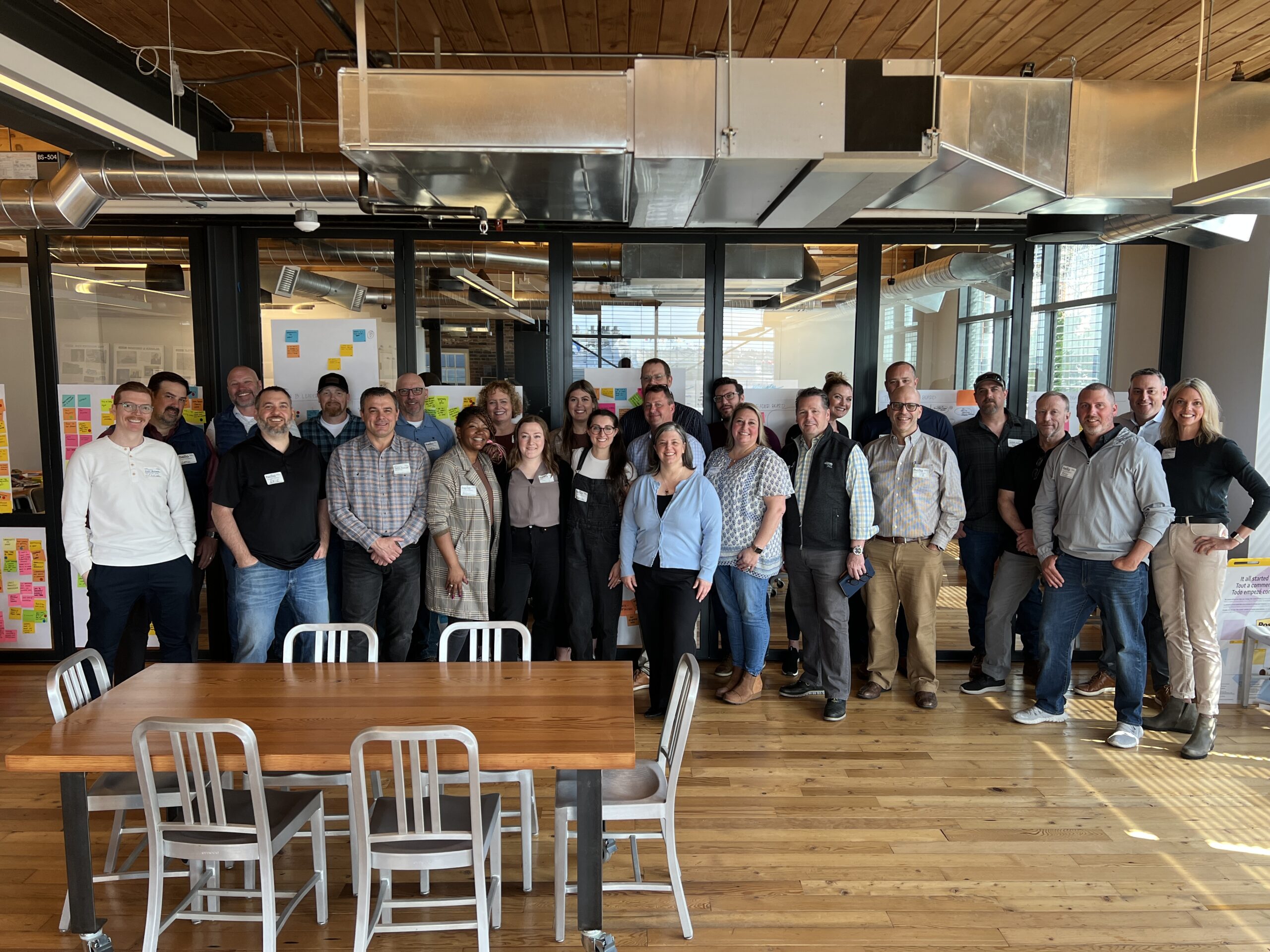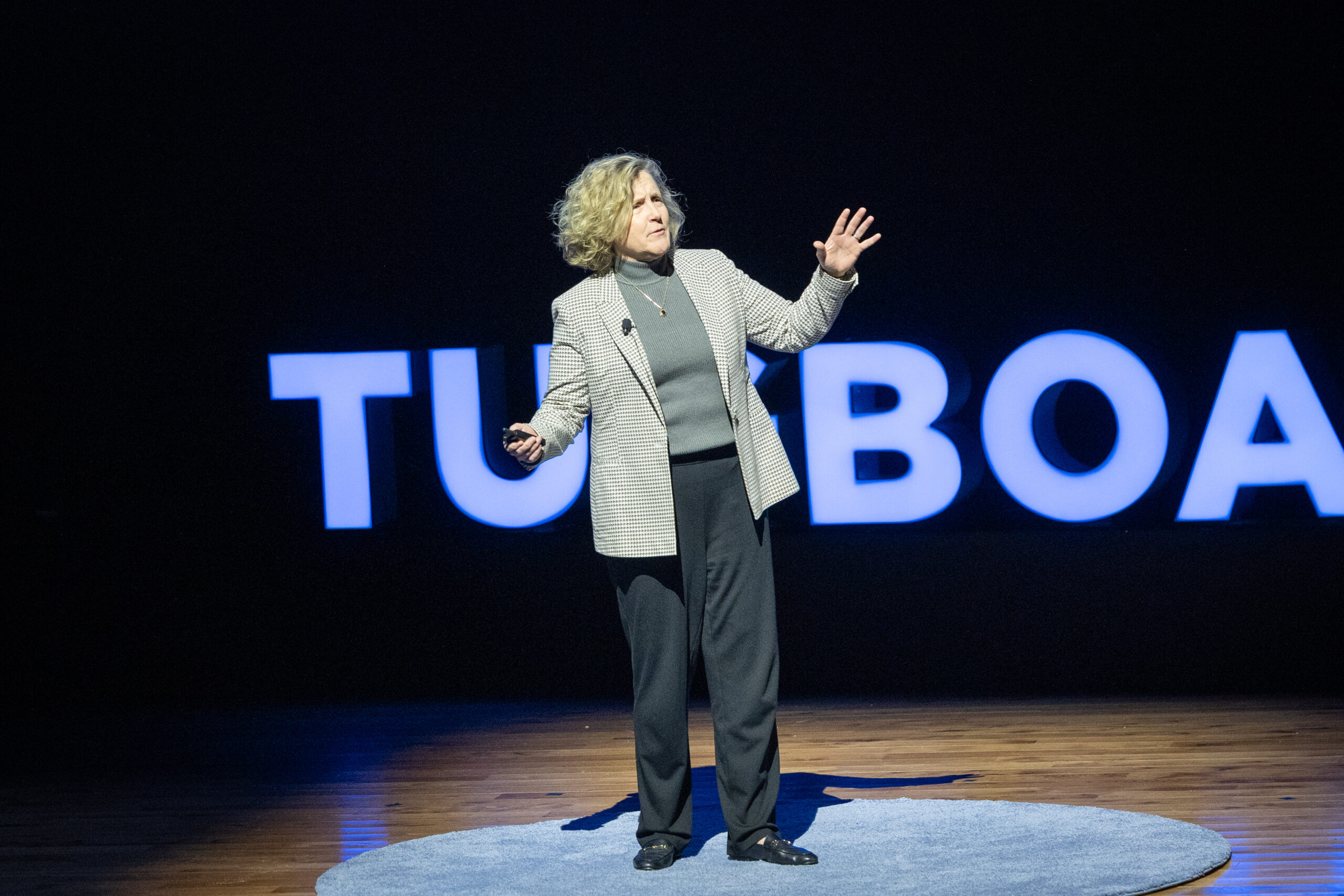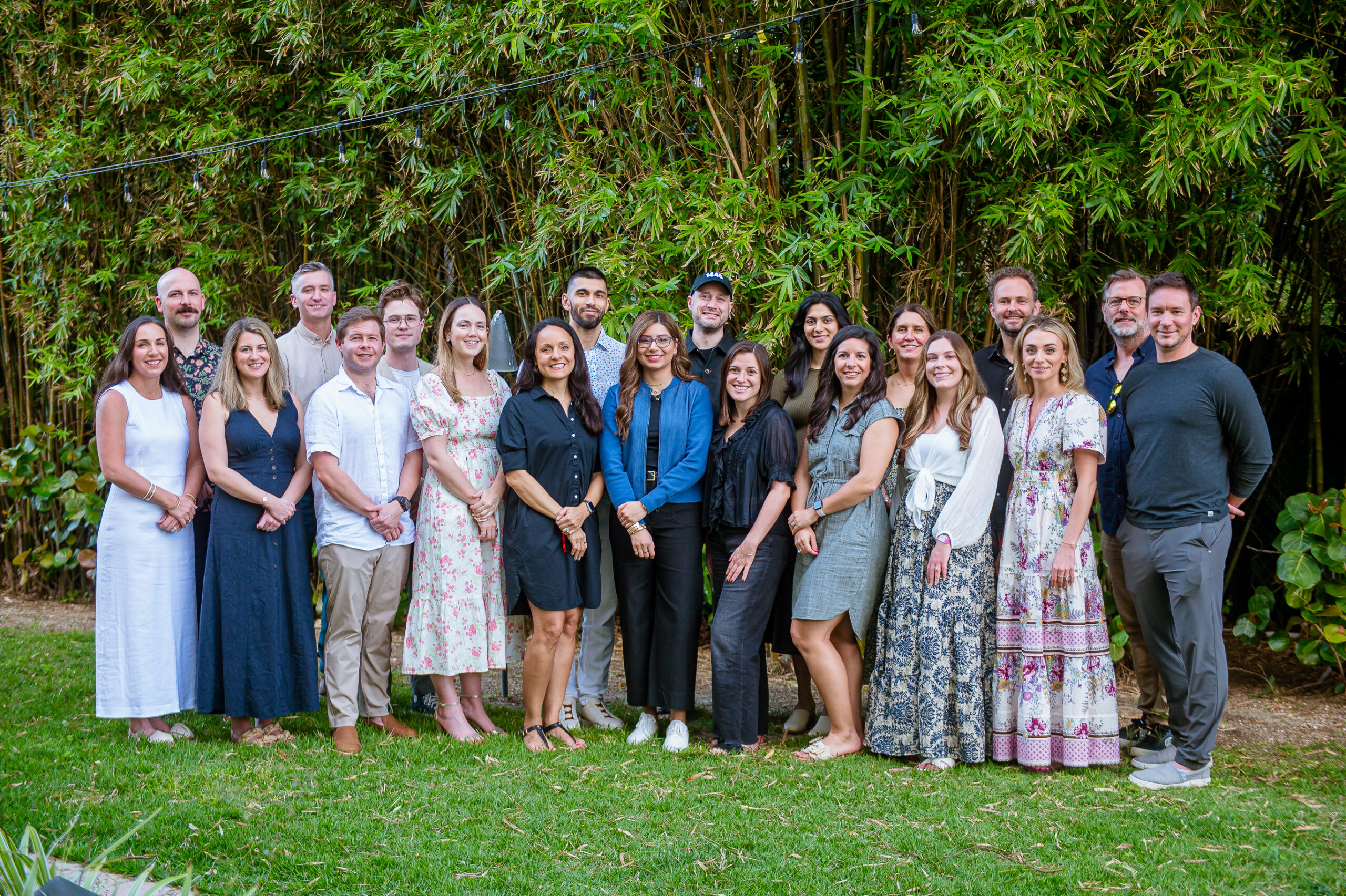

How Pragmatic Innovation Makes Creativity Part of the Process
- Robert Cheetham
- Azavea
At my company, Azavea, we create software and data analytics that help people see the bigger picture. Data about how buildings in Philadelphia are using energy can help companies all over America fight climate change. Public information about preschools in Chicago can be the basis for a simple application that helps people find local early-learning centers. Computer vision techniques applied to satellite imagery can detect changes in shipping and fishing activity.
I also try to see the bigger picture when it comes to running my company. Azavea’s mission is focused on both social impact and advancing the state of the art through research. Our business model is to take existing data sets and find novel ways to help people glean useful information from them. That requires a lot of creativity, but how do you help a comparatively small workforce find the time for that kind of flexible thinking when everyone has lots of tasks they need to accomplish every day?
We can’t build more hours into the day, but in the early days of the company, one of my colleagues realized we could influence how our colleagues spend their time. Following in the footsteps of research and development programs at Google and 3M, he proposed what we now call our Research and Learning Program, or “10% Time.”
The program works like this: Employees create a personal research or learning project focused on something they care about. Then they can spend up to 10 percent of their working hours on it. The projects should both cultivate each person’s interests and be true to Azavea’s mission to have a positive civic and social impact. This can include learning a new programming language, taking a Coursera course, testing a new technology, contributing to an open-source project or even doing pro bono work — it’s all good.
Of course, deciding on a 10% Time policy and getting everyone to embrace it are two different things. Like many Evergreen companies, Azavea is strongly mission-based. We believe that we can make the world a better place using information that is already out there. That kind of company naturally attracts passionate workers who want to do the best they can on the projects on their desks. Asking them to take time to think about things that might not relate to a current deadline requires a companywide commitment to learning and sharing knowledge.
To help get things moving, I collaborated with software developer Steve Meyer (who had originally suggested the 10% Time program) on a project focused on real estate, a shared interest. We wanted to help people make better decisions about where to rent or buy a home by blending information about lifestyle interests with market information. For example, I don’t own a car. Instead, I ride my bike to our Philadelphia office. My wife and I enjoy both cooking and eating out, so we want to live within walking distance of a grocery store and restaurants. Another home buyer might be more concerned about being near parking, child care and a spouse’s workplace.
Steve and I used public databases related to home sales and community assets and pooled our energy to create a program we called REX, short for Real Estate Explorer. It was a sophisticated product, but we were a small company with no capital and we ultimately could not grow the geographic footprint enough to make it viable. But while any failure is disappointing, we had learned a lot about combining large amounts of seemingly incompatible data sets into one online application.
We have since been able to use elements of that knowledge to build GeoTrellis, a software library that helps power software for everything from water-infrastructure planning to crime-risk forecasting. We’ve also leveraged this and other work to build OpenDataPhilly, which enables local citizens to sort through and search 350 data sets on 14 broad topics that touch upon various aspects of life in Philadelphia including the arts, public education, and health and human services organizations.
Others have used their 10% Time to experiment with open data released by the federal government. When Azavea was invited to participate in The Opportunity Project, an Obama White House initiative, two colleagues, Kathryn Killebrew and Mike Maurizi, combined public-transit data with housing and economic development data to create TransitAnalyst.com, an online tool to help citizens and communities access critical resources within reach of public transit.
For Azavea, 10% Time has been an important tool for Pragmatic Innovation. Because we are an Evergreen company working at the leading edge of technology, everyone must be part of the R&D department in some way, as it is the lifeblood of our business.
It has also helped with attracting and retaining the best people. The 10% Time program is frequently cited as a key benefit in interviews, and we engage in several activities to both encourage and celebrate the program’s outcomes. Every month we hold a short all-hands meeting where each person has a chance to summarize their progress on their 10% Time projects. Each quarter, we gather at the end of the workday with some beer and snacks and listen to everyone present more detailed versions of their projects. It’s a great chance to hang out, have fun and learn from one another. The projects also provide unique opportunities to share what we are learning in blog articles, at conferences and as source code we make available to the public. By sharing what they learn, folks have an opportunity to develop their writing, documentation and presentation skills, but the overarching theme behind all of these ideas is that it is more helpful, more fun and more impactful to share what we learn with others.
Though I am no longer writing software code, I still try to use my own 10% Time, and I mostly focus now on learning how to run a better company. This means things like going to conferences, reading about other companies, evaluating other Pragmatic Innovation programs and even joining the Tugboat Institute.
Although not every project pans out right away (or ever), our approach to Pragmatic Innovation has had an incredibly positive impact on our firm. My colleagues feel empowered to try new things, and even sometimes fail. This last point is important, because failure, which closes paths and opens new ones, is critical to both learning and innovation. The results have been so positive — in terms of new lines of business, products and capabilities — that we see any failure as a necessary and very reasonable price to pay.
Robert Cheetham is the CEO of Azavea.
More Articles and Videos

Creating an Employee Value Proposition Straight from the Source
- Bart Ricketts
- Lease Crutcher Lewis

Both/And Thinking: Harnessing the Positive Potential of Tensions
- Marianne Lewis
- Carl L. Linder College of Business, University of Cincinnati

Leading Through Uncertainty – Tugboat Institute® Summit 2025
- Jackie Hawkins
- Tugboat Institute

Get Evergreen insight and wisdom delivered to your inbox every week
By signing up, you understand and agree that we will store, process and manage your personal information according to our Privacy Policy



